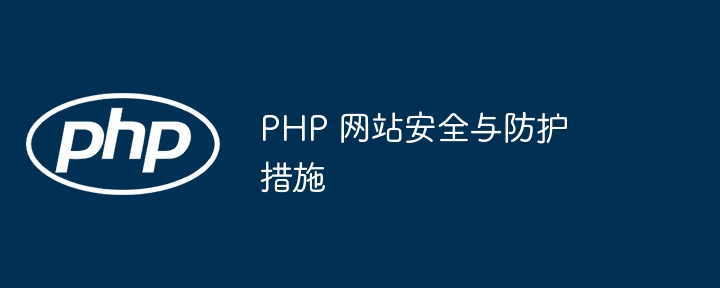
PHP website security measures include: Preventing SQL injection: using prepared statements or escaping user input. Prevent XSS: Escape user input. Prevent CSRF: Use CSRF tokens. Prevent buffer overflow: Set the maximum input length. Stay updated, use security frameworks, enable firewalls, monitor websites, conduct security audits.

PHP Website Security and Protection Measures
PHP As a popular web programming language, website security is crucial. This article will explore common PHP website security threats and provide practical cases to demonstrate how to implement effective protective measures.
Common PHP website security threats
Practical case
Prevent SQL injection:
// 使用预处理语句
$stmt = $conn->prepare("SELECT * FROM users WHERE username = ?");
$stmt->bind_param("s", $username);
$stmt->execute();Prevent XSS:
// 转义用户输入 $user_input = htmlspecialchars($user_input);
Prevent CSRF:
// 使用 CSRF 令牌 session_start(); $_SESSION['csrf_token'] = bin2hex(random_bytes(32));
Prevent buffer overflow:
// 使用函数设置最大输入长度 set_time_limit(0);
Other protective measures:
The above is the detailed content of PHP website security and protection measures. For more information, please follow other related articles on the PHP Chinese website!